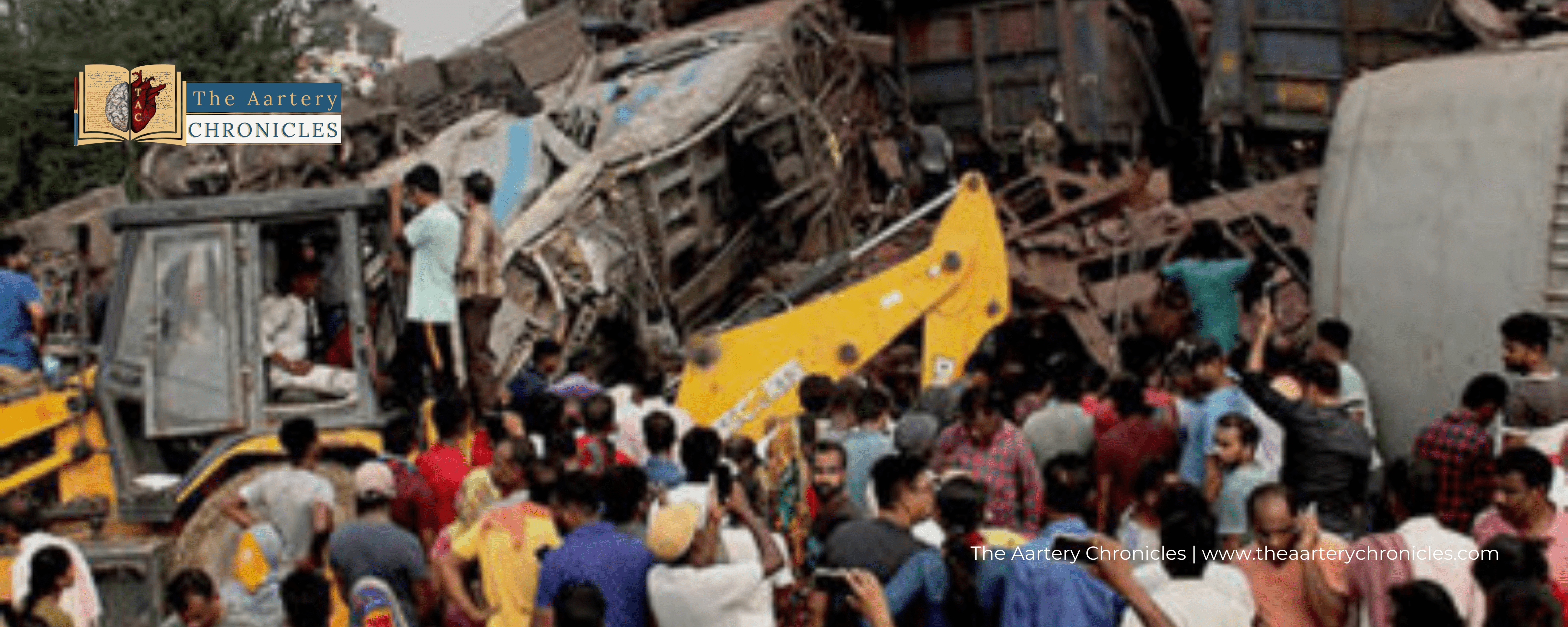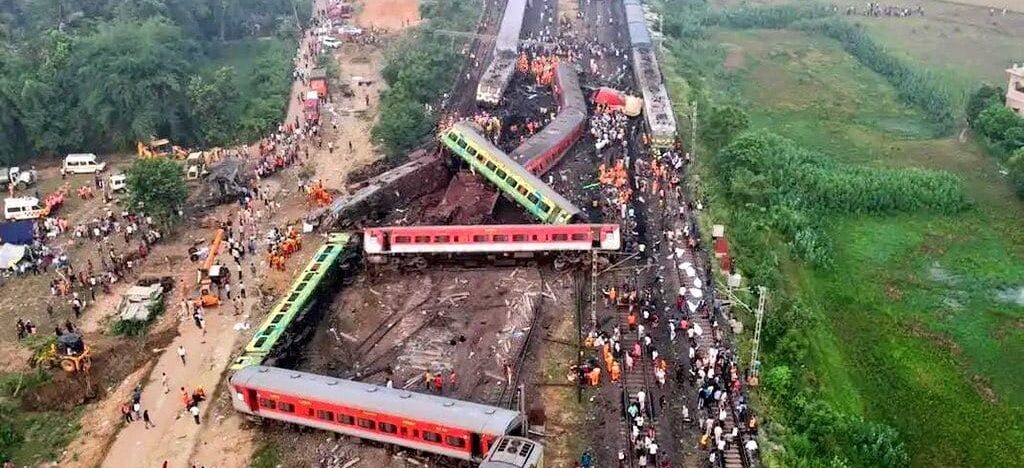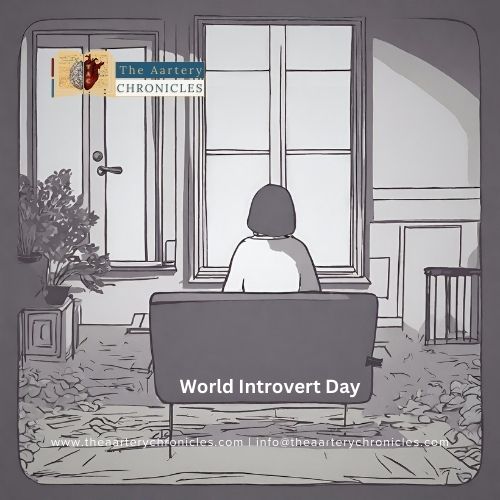

Trauma on The Tracks, High Time to Address PTSD In India
The ‘American New Wave’ cinema won both awards and hearts as it portrayed themes related to PTSD. This style of filmmaking was inspired by the aftermaths of the Vietnam War that had a deep impact on American soldiers in the seventies. Award-winning movies like The Godfather I and II (1972 and 1974), Taxi Driver (1976), and Apocalypse Now (1979) completely swept the Oscars. The war-affected men also educated the Western audience about PTSD. However, that was not the case in countries like India, where mental health isn’t addressed at all, let alone a complex condition like PTSD.

According to the American Psychiatric Association, Post-Traumatic Stress Disorder (PTSD) is defined as a “psychiatric disorder that may occur in people who have experienced or witnessed a traumatic event, series of events or set of circumstances.” According to a study by the United Service Institution of India (USI), more than 50% of Indian Army personnel are under severe stress.
However, it’s not only the soldiers that experience PTSD. It can happen due to any incident that triggers physical, mental, social, or spiritual well-being. Some of the examples include accidents, natural disasters, trauma, sexual assault, partner/domestic violence, and bullying. A recent incident of such magnitude that shocked the nation was the Balasore Train Accident.
The Traumatic Tale of One Of The Worst Railway Accidents In India
The rescue operation continued for 20 hours. The injured were admitted to two hospitals almost 180 km apart. The dead bodies, on the other hand, were shifted to a nearby school. They were then shifted to AIIMS Bhubaneswar and two private hospitals to prevent decomposition. The unimaginable pain that the family members were already going through, multiplied while making rounds between the two hospitals. The families would then have to go to the school to find their loved one with a heavy heart. Their loved ones were solely reduced to numbers for identification purposes. The identification process was even more painful as some bodies were beyond recognition. Ironically, some family members were able to identify their loved ones. However, some had to return with even more unanswered questions.
The survivors, even though grateful, were traumatized by the accident. A survivor revealed that he had gone to Bangalore for an interview. However, the accident forced him to give up on the opportunity and look for a job in his hometown. The accident will continue to scar the people associated for the rest of their lives.

The Coromandel Express was on its normal route from Kharagpur to Bhubaneswar. The train was piloted by Gunanidhi Mohanty. Mohanty had not made a mistake in his 27-year career. However, the unprecedented happened on June 2. The Coromandel Express switched to a ‘loop lane’ and collided with a goods train. The collision toppled several compartments that further crashed into the Yeshwantpur-Howrah Express.
The train mostly carried hopeful people who were returning from their daily wage jobs, expecting to see their families after a long time. Unfortunately, their hopes were shattered within a few minutes. The Balasore tracks had become a virtual graveyard with more than 291 dead and 1200 injured. However, it was clear that the aftermath had to be faced not only by the victims but also by their families, witnesses, and volunteers.
A witness described that he heard a sound that “was not of an explosion but it was loud and scary.” The scenes that he, the other witnesses, and the volunteers saw were gut-wrenching. The tracks were filled with blood-soaked victims, their belongings, and a massive pile of debris. A witness claimed that his hands were ‘shivering.’ However, they had to begin the rescue operations before even the reality had sunk in. The volunteers and the rescue team had to listen to the agonizing screams of the victims who were either stuck or crushed under the debris. Even a National Disaster Response Force (NDRF) personnel confessed that he had participated in flood relief and other natural disasters, but a train accident was the first for him. He said that he “cannot forget the painful screams asking for help.“
“It is said that trauma permanently changes us, it may be true to a certain extent but acceptance also plays an important role. To stop reliving the past one must pay attention to the present and the possibilities of the future and work towards building something.”
Dr Darshit Patel, MD, General Medicine
PTSD in India
The National Mental Health Survey of India in 2015-16 reported the prevalence of PTSD to be 0.2%. However, since then the world has witnessed many changes. According to several reports, its prevalence has increased due to triggering events such as the COVID-19 pandemic. The National Mental Health Survey – 2 has begun in India in February 2023.
The survey will provide a clear picture of the prevalence of PTSD in India. However, programs and policies should be formulated to address PTSD in India. Mental health should be given priority as it is growing to be a major public health concern.

Author: Dr. Amey Patil





Victims of PTSD suffer in silence.. They need to come forward and ask for help…
Pingback: Women's Reproductive Health | Pregnancy | Menopause